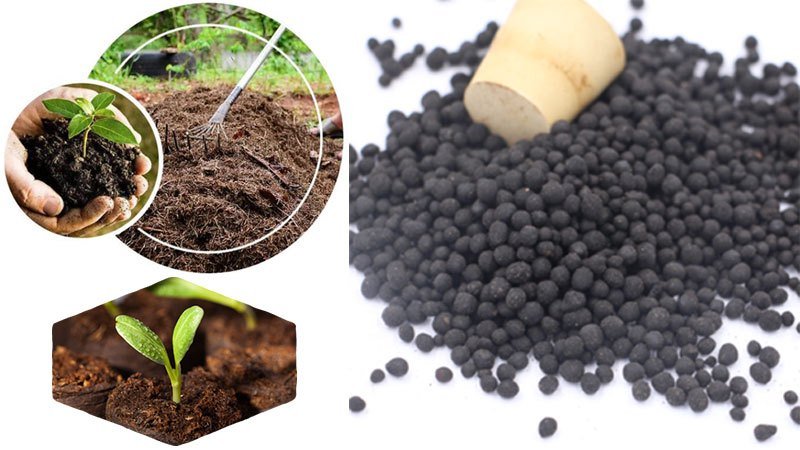opalindustries.us

The Role of Oil & Coal To Fertilizer
Coal can indeed be used to produce fertilizers. Here are a couple of ways this happens:
Urea Production from Coal:
- Perdaman Chemicals and Fertilisers is developing a nitrogen fertilizer manufacturing plant in Collie, Western Australia. They transform sub-bituminous coal into urea, a common nitrogen-based fertilizer. This process helps address the shortage of natural gas supplies, which are essential for conventional nitrogen fertilizer production1.
- However, it’s important to note that while this approach provides an alternative, it still emits carbon dioxide into the atmosphere. The plant is exploring clean coal technologies to mitigate emissions, but these solutions are not yet widely implemented.
Micronutrients and Organic Matter:
- Coal-based fertilizers contain micronutrients and organic matter. Low-rank coals serve as sources of organic material, including humus. Humus improves soil fertility and supports plant growth2.
- Additionally, carbon-based materials like biochar and lignite (a type of coal) have been effective as soil amendments due to their high porosity and ability to adsorb nutrients3.
In summary, coal-based fertilizers can play a role in agriculture, but balancing environmental impact remains a challenge. We need to explore sustainable alternatives to meet global food demands while minimizing harm to our planet
Sources——-
Turning coal into fertilizer – Green Living Tips
Zimbabwe to Convert Coal to Ammonia-Based Fertilizer
Indonesia’s Coal: Powering Growth in the Fertilizer Industry
Pure-Gro Develops Coal-based Fertilizer – Coal Age
Green fertilizers could revolutionize agriculture and increase food security
Coal Zoom | Turning Coal Into Fertilizer, New Plant Hopes To Bring Jobs To West Virginia
